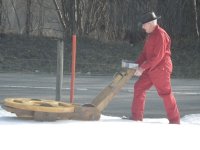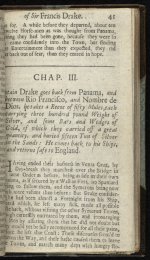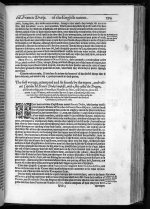Simon1
Gold Member
- Jun 11, 2015
- 12,194
- 56,930
- Primary Interest:
- Other
Well done Kanaki  Your knowledge is incredible.
Your knowledge is incredible.
 Your knowledge is incredible.
Your knowledge is incredible. Your knowledge is incredible.
Your knowledge is incredible. Perdidogringo,
Perdidogringo, A treasure map?
SMH....
View attachment 1731684 Perdidogringo,
thank you for your input. Finally somebody who has actually been searching for treasure in Panama. That must have been very interesting. By any chance, do you know of any Spanish accounts of the pirate history? Do they have any archives in Panama? Are the old ruins touristically developed? Is it legal to use a metal detector in Panama?
The old pirate in the picture claims that his machine is easily capable to find a treasure hoard 10 feet deep.
 By the way, the hypothesized site of Drake's ambush/buried treasure is on private farm/pasture land nowadays.
By the way, the hypothesized site of Drake's ambush/buried treasure is on private farm/pasture land nowadays.
